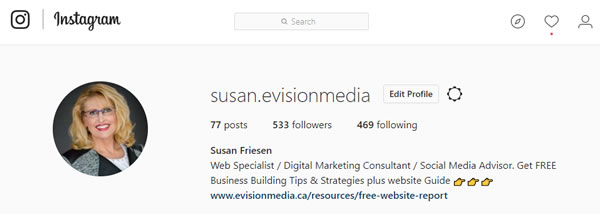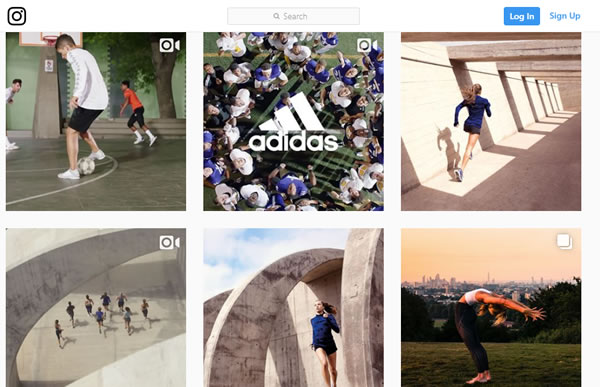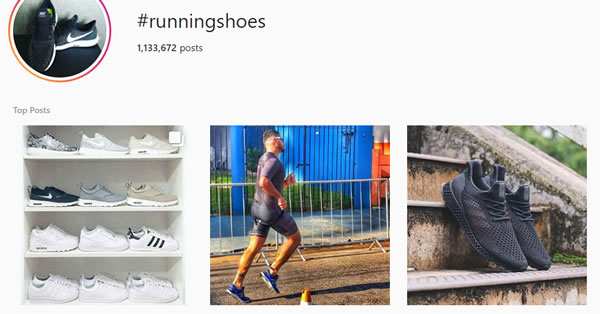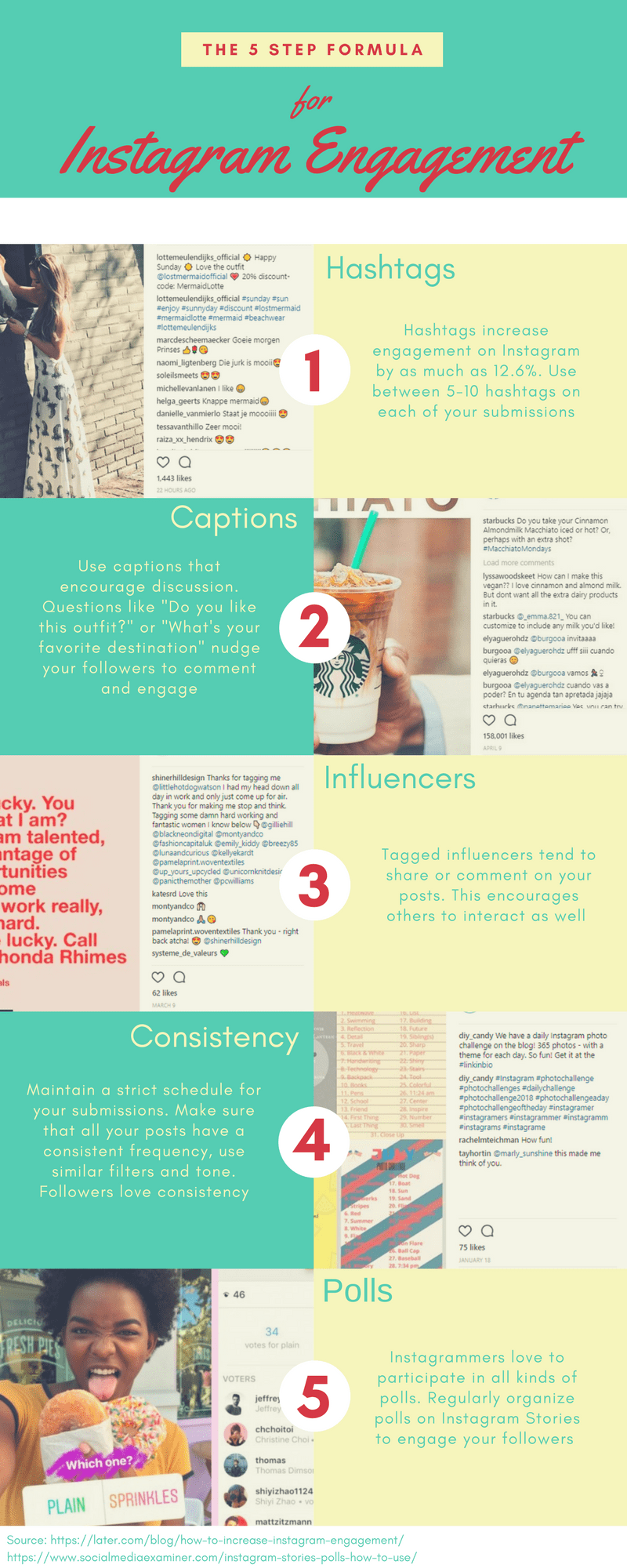By YUVAL BEN-ITZHAK
Using machine learning to weed out fakery on social media is just the beginning; a lot more needs to be done before influencer marketing on these platforms can live up to its potential – argues Socialbakers’ Yuval Ben-Itzhak
Ever since social media became a critical component of the marketing strategy for any business, the platforms have come under scrutiny. The reasons range from possible interference in the United States’ electoral campaigns to issues around content integrity. ‘Transparency’ has become a major point of discussion and social platforms have taken steps to reduce inauthenticity.
Particularly in an era of fake news, authenticity is key to all social media content and interactions. With Instagram surpassing the billion-user milestone and becoming a leading hub for collaboration, users want to know that the content they see comes from credible, trustworthy sources.
The social media site’s latest move to remove inauthentic likes, followers and comments from accounts that use third-party apps to boost popularity, has been welcomed. This move raises the bar for authenticity.
Similar to Twitter’s blue badge, Instagram has released its own verification system. Its blue tick is currently available only to notable public figures, celebrities, global brands and other entities. Introducing this update was a great example of a relatively small change that can have tremendous results.
A simple check mark at the top of a profile can communicate to users that the profile is exactly what it says — no strings attached. Updates like these put the user first, which helps create an authentic experience.
Developing a machine learning system, however, is only half the battle won. Instagram will need to continuously evaluate each profile, as they can quickly turn malicious due to third-party apps. With the sheer scale of Instagram profiles, it’s possible that the frequency of evaluations could pose a threat to this new system. One solution could be to provide the date and time of the last review. This allows users to get an idea of how recently the profile in question has been verified.
The fact that Instagram has taken steps to limit undesirable behaviour is sending a message about the platform becoming more vigilant about eliminating illegitimate activity. By doing so, Instagram is showing its commitment to delivering an authentic, “digital pollution” free environment.
It will also have a positive impact on influencer marketing which is expected to become a $10 billion market by 2020. We imagine that marketers able to search for viable influencers confidently, focusing their activities on interacting with real audiences.

However, Instagram isn’t the only platform raising the bar for authenticity. Twitter has also become more vigilant about eliminating illegitimate activity with plans to remove all fake accounts.
At first glance, dwindling numbers for any social media platform can seem concerning. Fortunately, most brands are on board with Twitter’s stance on reducing the number of fake profiles on the platform. And why wouldn’t they be? While it may come as a surprise for brands to see a huge drop in Twitter followers, it’s actually extremely beneficial.
Removing dead weight from their following increases their chances of acquiring meaningful interactions. It gives them the ability to rebuild a loyal audience that they can count on. It’s true that numbers look good, but, in this case, they’re only for show.
While it is important for brands and influencers to have a solid follower base, the key here is quality – not quantity. Authenticity is increasingly pervasive when it comes to social media marketing. Fake accounts lead to inflated reach and performance numbers which aren’t helping brands or influencers engage in genuine conversations with their audiences.
With so much money on the table, however, it’s no surprise that fraud has become so prevalent. Rooting out fake influencers is a great move. But brands will also need to keep an eye on fake engagement and fake interests.
They can do so by looking at two key data points: the influencer’s performance over an extended time period, and their engagement level per 1,000 fans. In addition, benchmarking the performance of a few influencers over time can help to identify anomalies resulting from fraud.
There is no clear-cut answer that can be prescribed to all social media platforms. Seeing as they have different business models, we can expect that each channel will experiment with different solutions. We’re at the beginning of a new era that will indefinitely evolve as we learn more about what works and what doesn’t. What we’re seeing now are simply the first advancements in online transparency; we can expect more in the near future.
Yuval Ben-Itzhak is the chief executive officer at the analytics firm Socialbakers and is based in Prague, in the Czech Republic




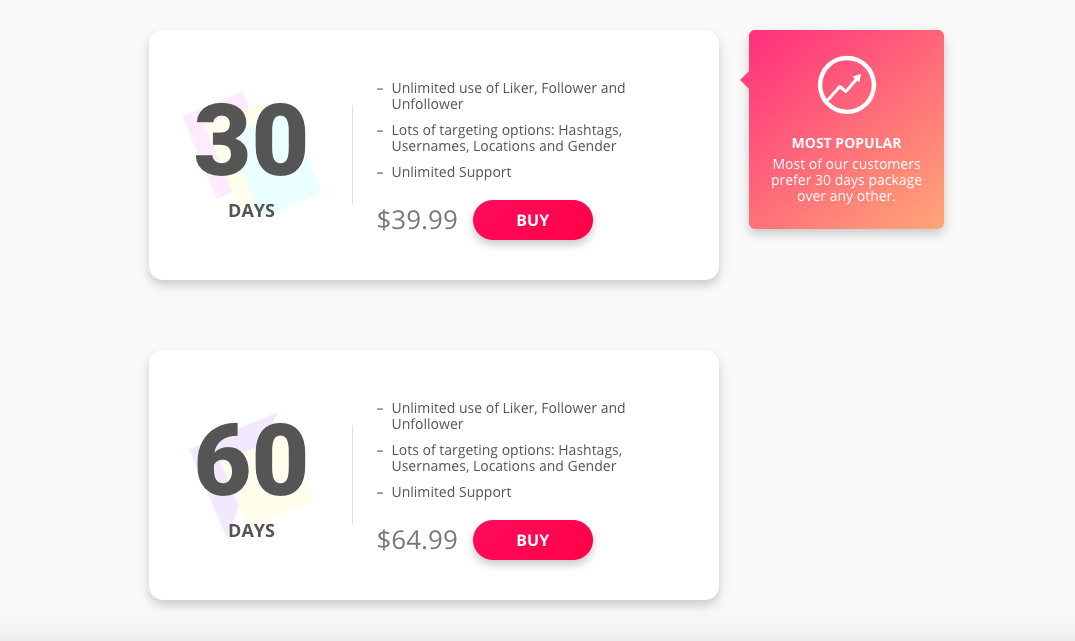
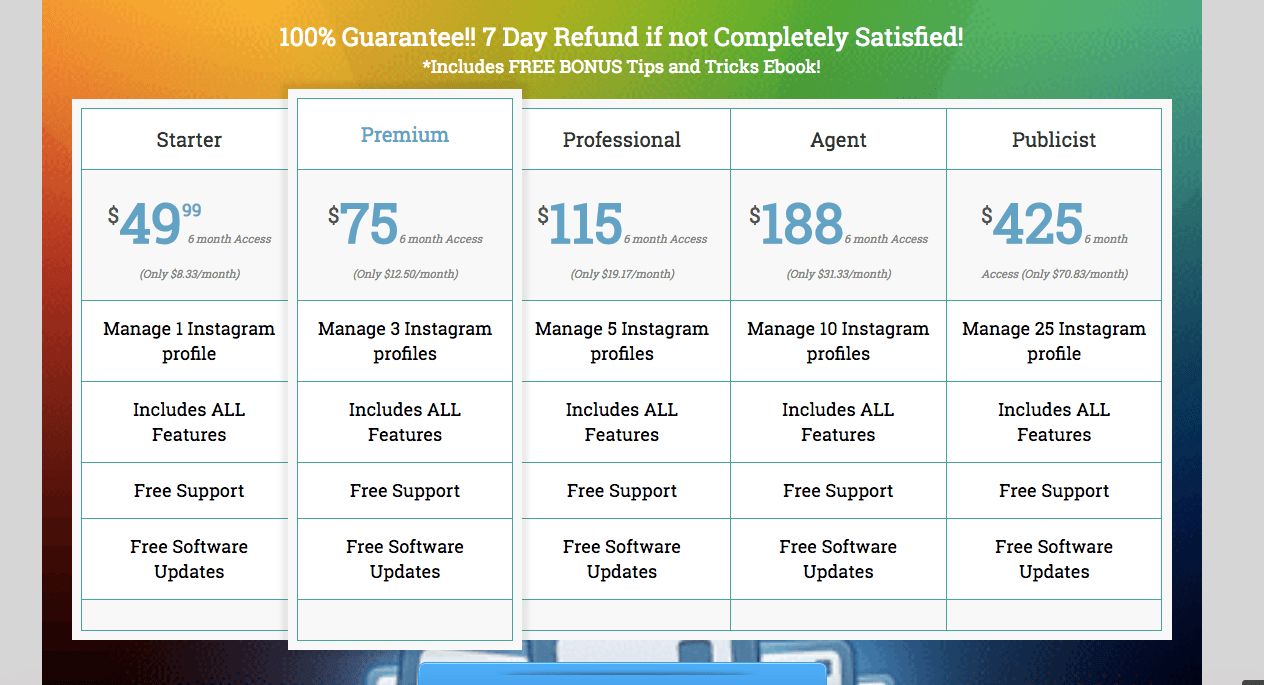
 3. Gramista
3. Gramista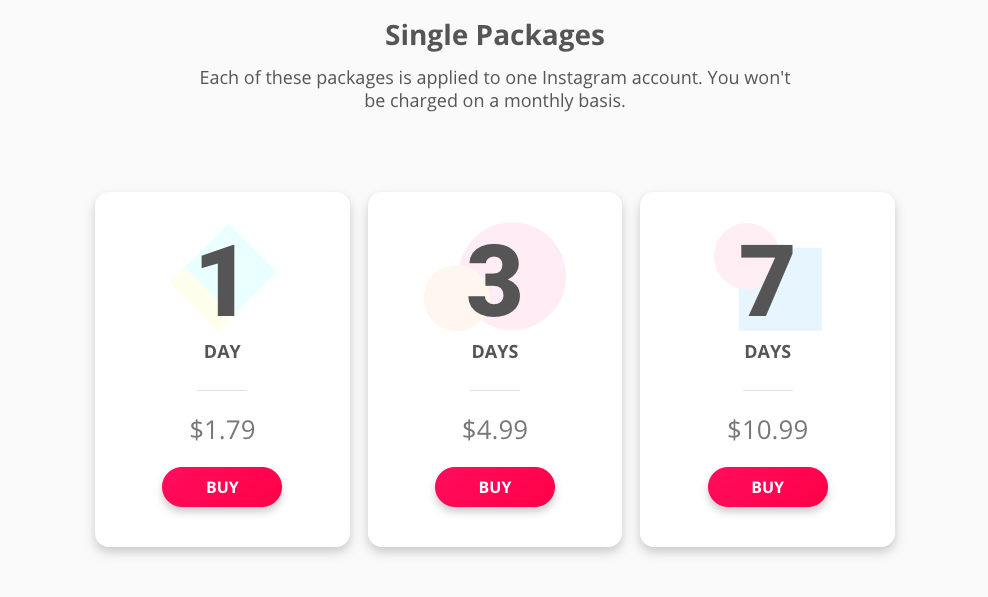
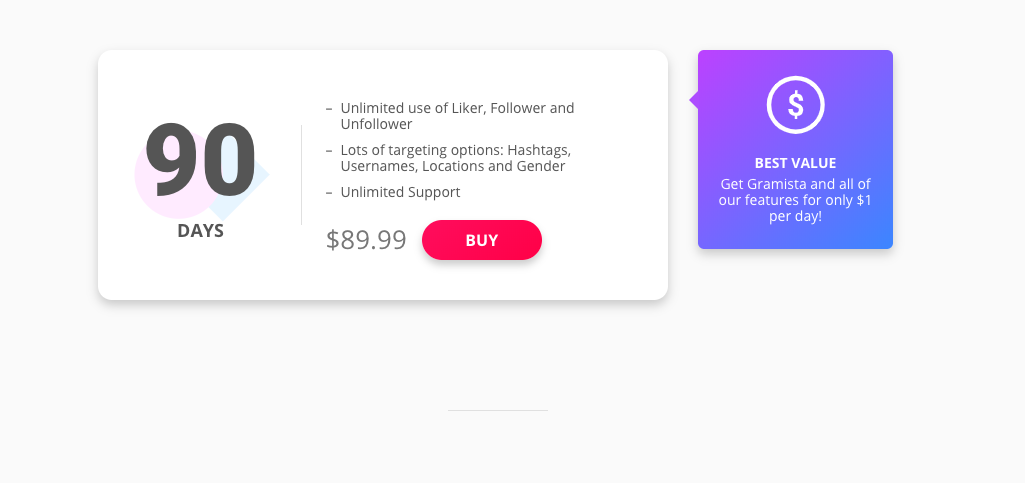
 2. MegaFollow
2. MegaFollow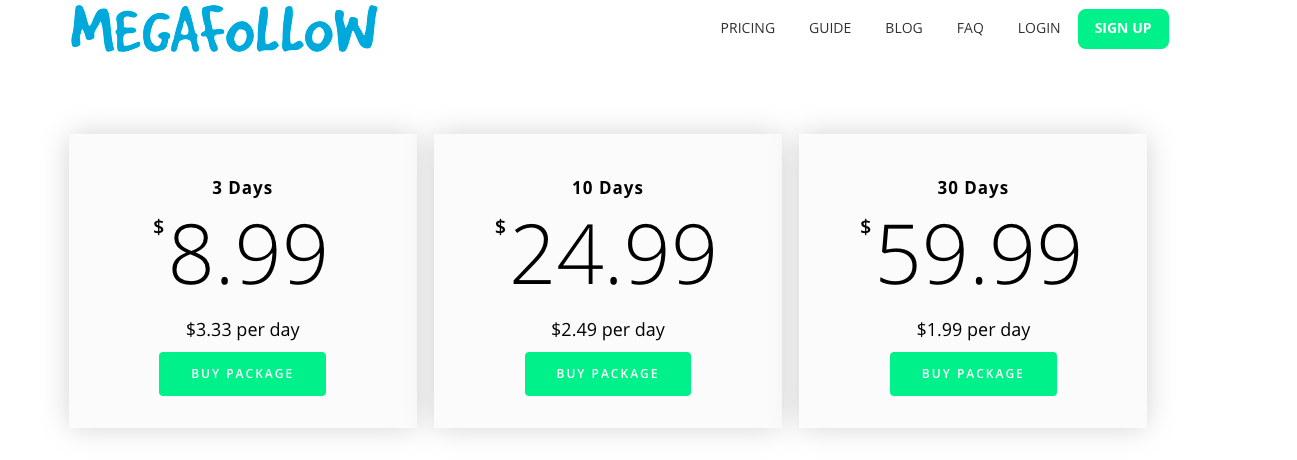
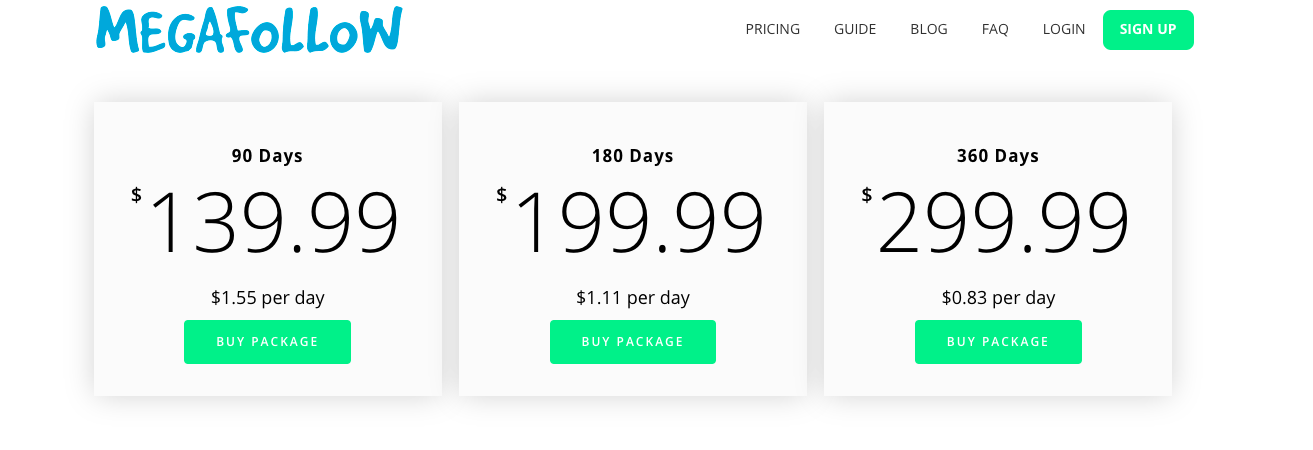
 1. Crowdbabble
1. Crowdbabble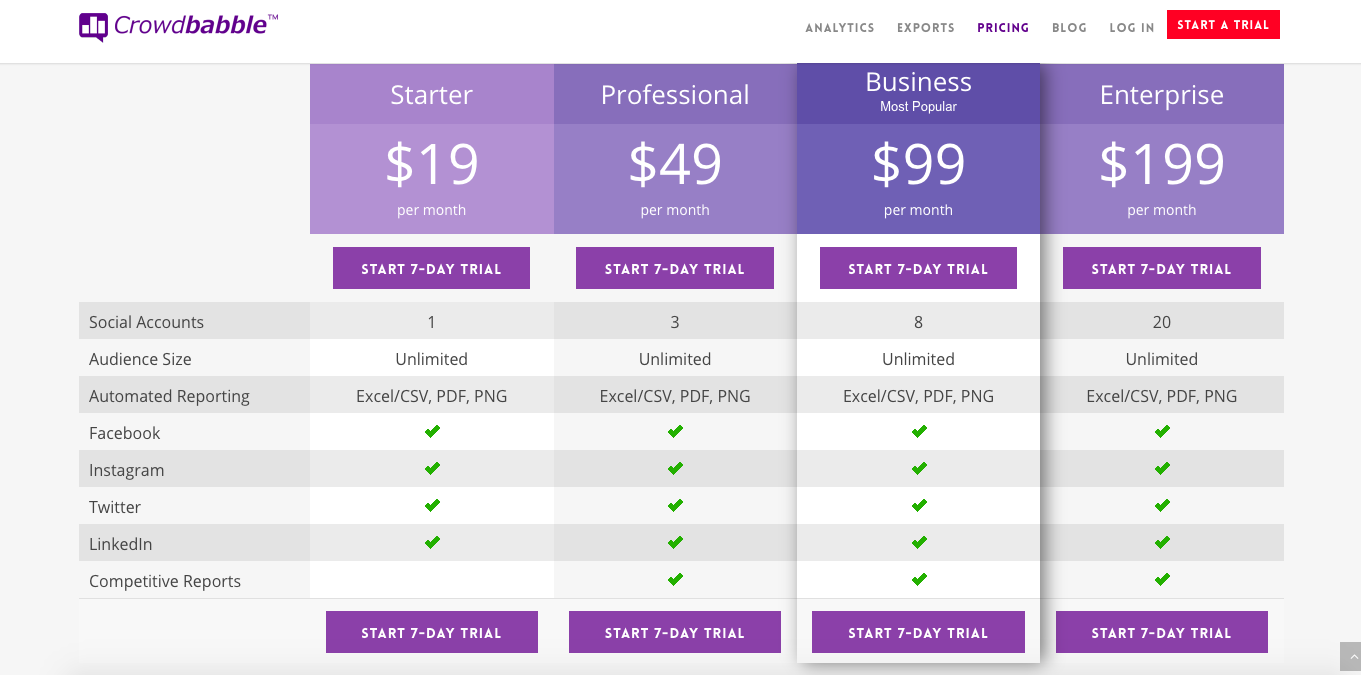


 The Likes Cliff
The Likes Cliff
 Find brands that are looking for influencers.
Find brands that are looking for influencers.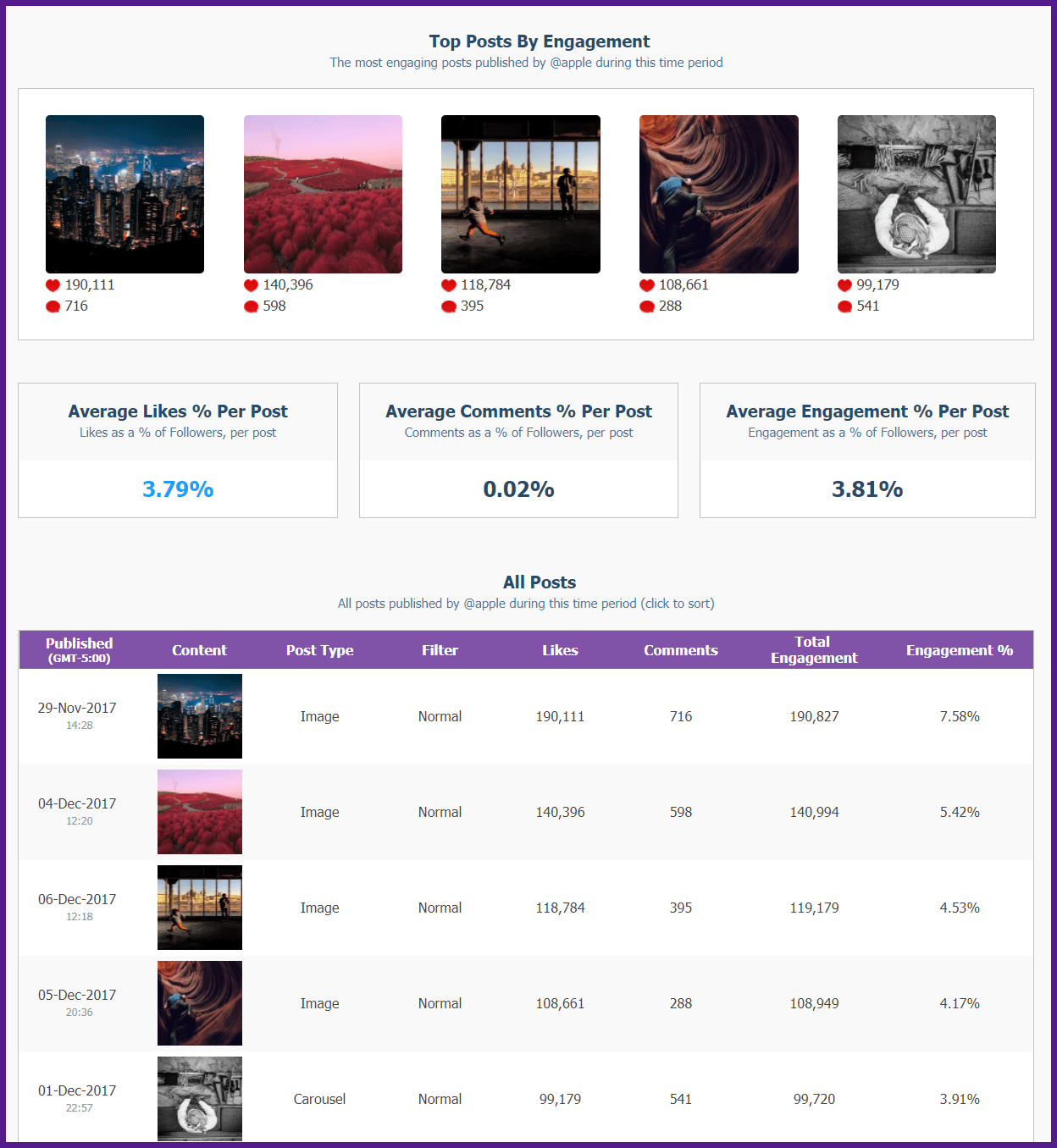



 Facebook: 105 engagements per post
Facebook: 105 engagements per post
 Facebook: 445 engagement per post
Facebook: 445 engagement per post
 Facebook: 707 engagements per post
Facebook: 707 engagements per post

